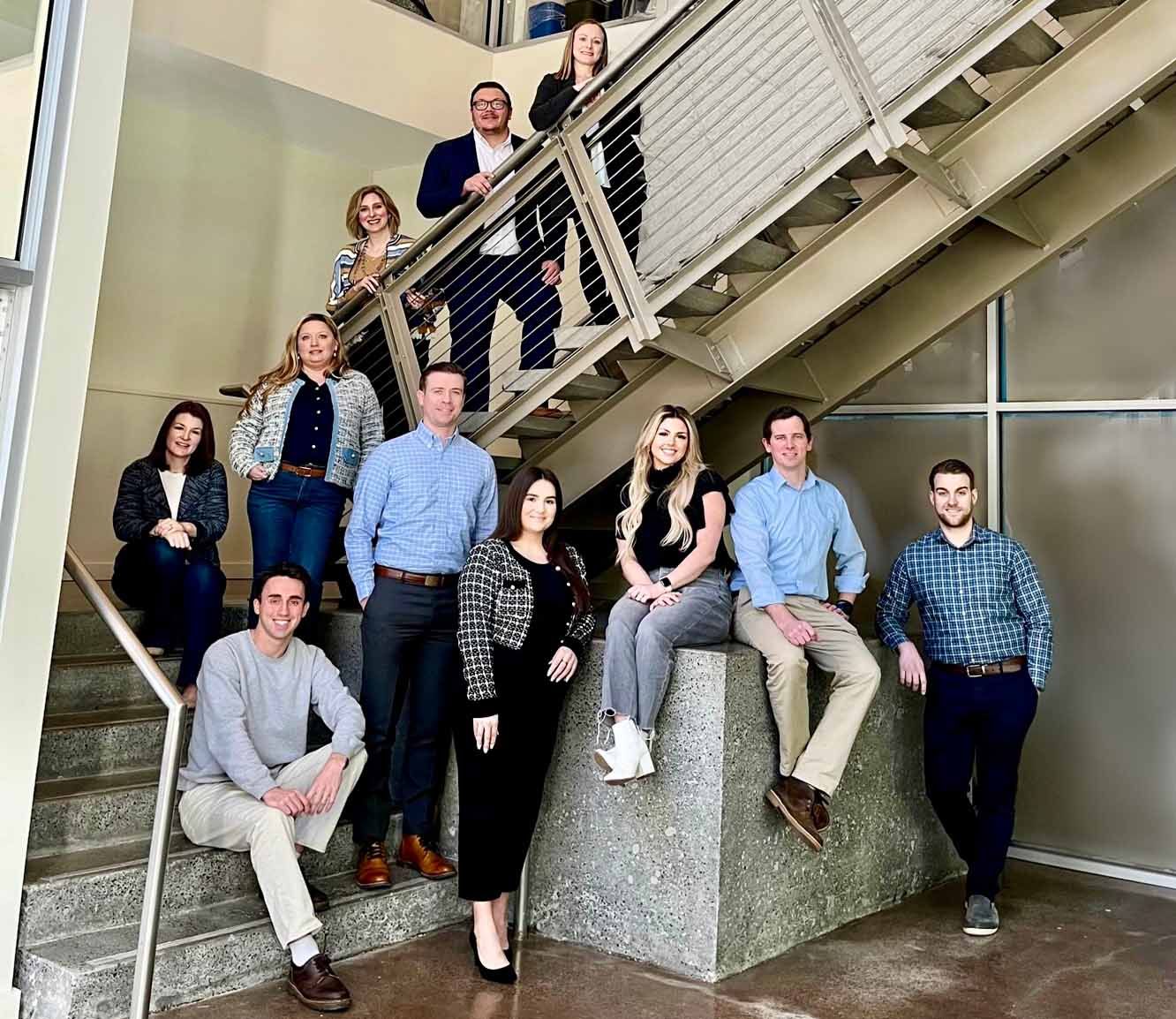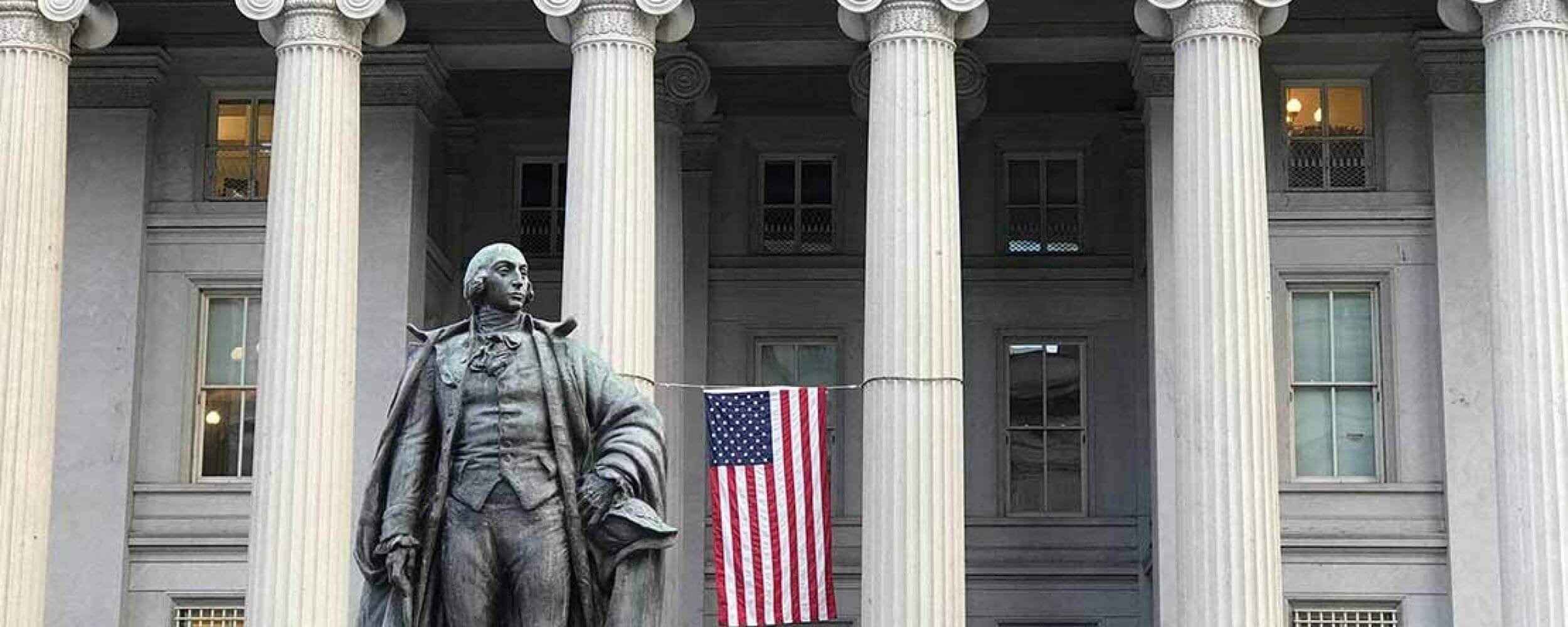IRS Releases Substantive Guidance on the Treatment of Research and Experimental Expenditures
18 September 2023
(SECTION 174)On September 8, 2023, the IRS released pre-regulatory guidance concerning the requirement to capitalize and amortize specified research and experimental (SRE) expenditures under Internal Revenue Code Section 174, as revised by the 2017 Tax Cuts and Jobs Act (TCJA). Notice 2023-63 is the long-awaited substantive counterpart to the procedural guidance initially released last winter (and now contained in Section 7.02 of Rev. Proc. 2023-24). The following discussion focuses specifically on the contents of this Notice.
Notice 2023-63 was released only days before many taxpayers’ extended 2022 filing deadlines. Therefore, it is important to note that reliance on the pre-regulatory guidance contained in the Notice is voluntary. Notice 2023-63 announces, and requests comments concerning, the IRS’s intentions for future regulations. While the Notice allows for reliance, it does not carry any regulatory weight.
Among other important guidance, the Notice addresses seven key areas of uncertainty concerning the implementation of revised Section 174:
1. Short taxable years
Under the Notice, in a short taxable year, taxpayers prorate the amortization deduction based on the number of months in that short taxable year. This guidance essentially resolves the question of whether the five- or 15-year recovery period refers to calendar years (i.e., 60 or 180 months) or taxable years.
2. Identification of SRE expenditures generally
The types of costs that constitute capitalizable SRE expenditures are highly fact specific. As a result, the IRS is unlikely to provide an exhaustive list of costs. The Notice does, however, provide clarity and examples concerning certain cost categories. Exhaustive coverage is beyond the scope of this summary, but notable inclusions as capitalizable SRE expenditures are all elements of compensation (other than severance), travel costs, as well as comprehensive overhead categories (rent, utilities, depreciation, security costs, insurance, taxes, maintenance, etc.). Two of the Notice’s more notable exclusions are the costs of service departments that only indirectly support SRE activities (for example, human resources or accounting) and interest on debt used to fund SRE activities.
3. Scope of software development
The Notice provides clarity regarding the scope of software development subject to capitalization under Section 174. While the Notice’s guidance is detailed and nuanced, it centers mainly around two loose concepts. The first concept is that data or information bases are not software, nor is data entry software development. The second concept is that an item’s ready-for-sale date (or placed-in-service date for internal-use software) is a pivotal point: before that point the scope of capitalizable software development is reasonably comprehensive, capturing a wide range of activities. After that point, however, the scope is limited unless the activity involves material upgrades or enhancements to the software.
4. Research performed under contract
The Notice also provides clarity regarding who, in a contract research scenario, incurs SRE expenditures — the research provider, the research recipient, or both. Again, the Notice’s guidance on this topic is detailed; however, the important takeaway is that a research provider is generally only subject to Section 174 if they carry financial risk associated with the project or can use or exploit the research product (the benefit of exploiting general know-how gained by performing the research is excepted).
5. Treatment of unamortized SRE expenditures in a year of disposition
A key area of uncertainty within revised Section 174 involves what happens to unamortized SRE expenditures when a taxpayer undergoes a transaction resulting in a cessation of the taxpayer’s trade or business. The Notice provides some clarity with respect to corporate transactions (dividing treatment based on whether the transaction is or is not described in Section 381(a)). With respect to partnerships, however, the Notice primarily signals the IRS’s concern for abuse and requests public comments concerning the appropriate application of Section 174(d) to various partnership transactions.
6. Long term contracts
With respect to research associated with contracts subject to the percentage of completion method under Section 460, uncertainty has surrounded whether a taxpayer’s completion factor must include the gross amount of SRE costs a taxpayer incurs in a particular year, thereby accelerating contract revenue when Section 174 prohibits an offsetting deduction. The Notice provides relief on this issue, signaling that the IRS intends to also modify the Section 460 regulations to capture only a taxpayer’s amortization of SRE costs within the numerator of the completion factor, not the gross amount of the SRE expenditure.
7. Cost sharing arrangements
The Notice states that the IRS intends to revise existing transfer pricing regulations under Section 482 to clarify the appropriate allocation of SRE costs between controlled participants in a cost sharing arrangement.
The full implications of Notice 2023-63 will depend on each taxpayer’s unique facts and circumstances. Please reach out to our Tax Team for more information.










